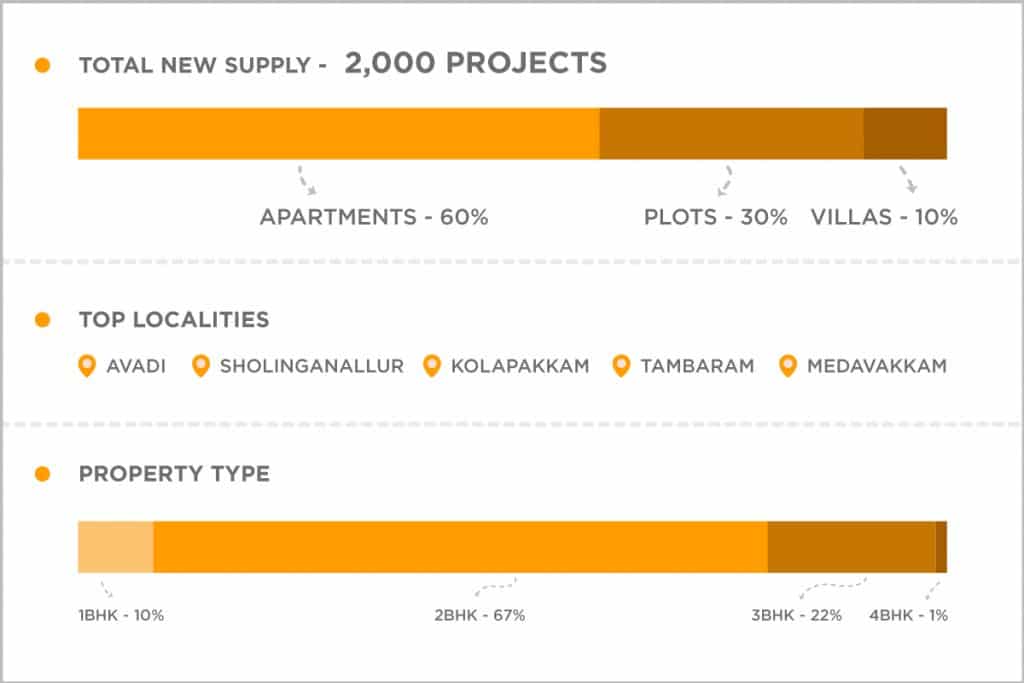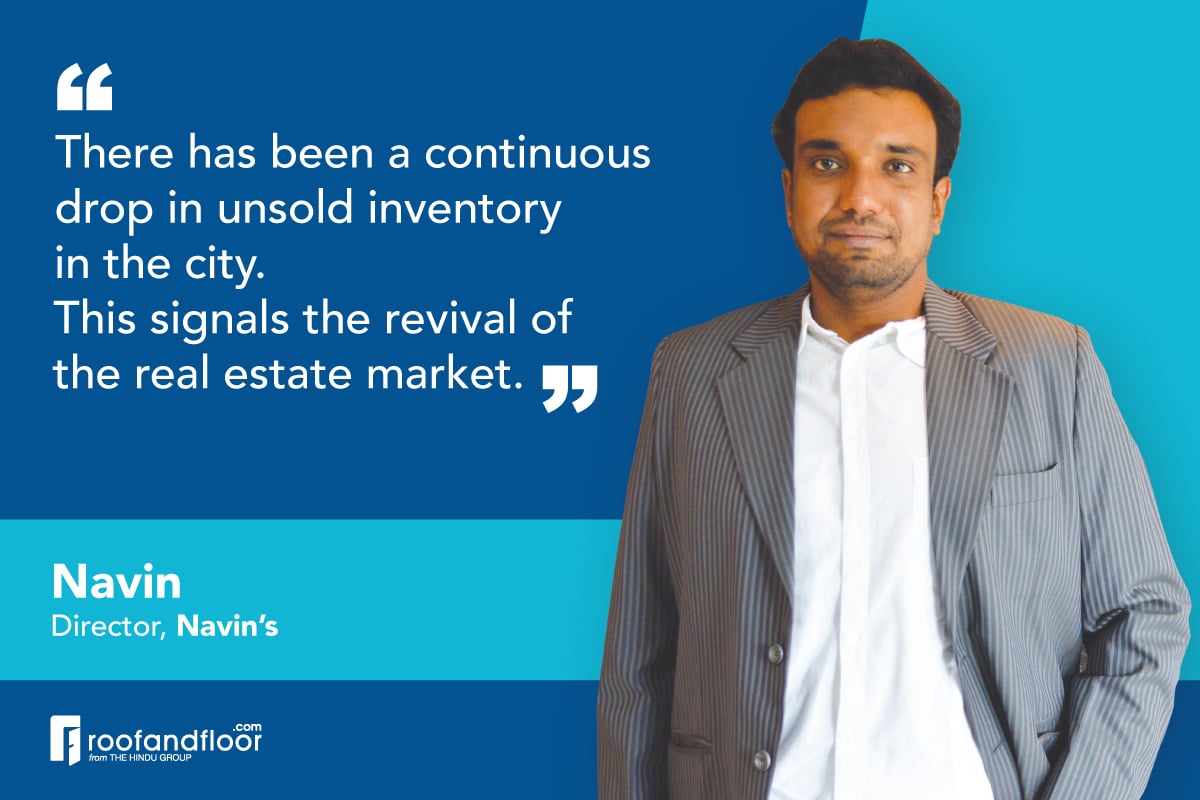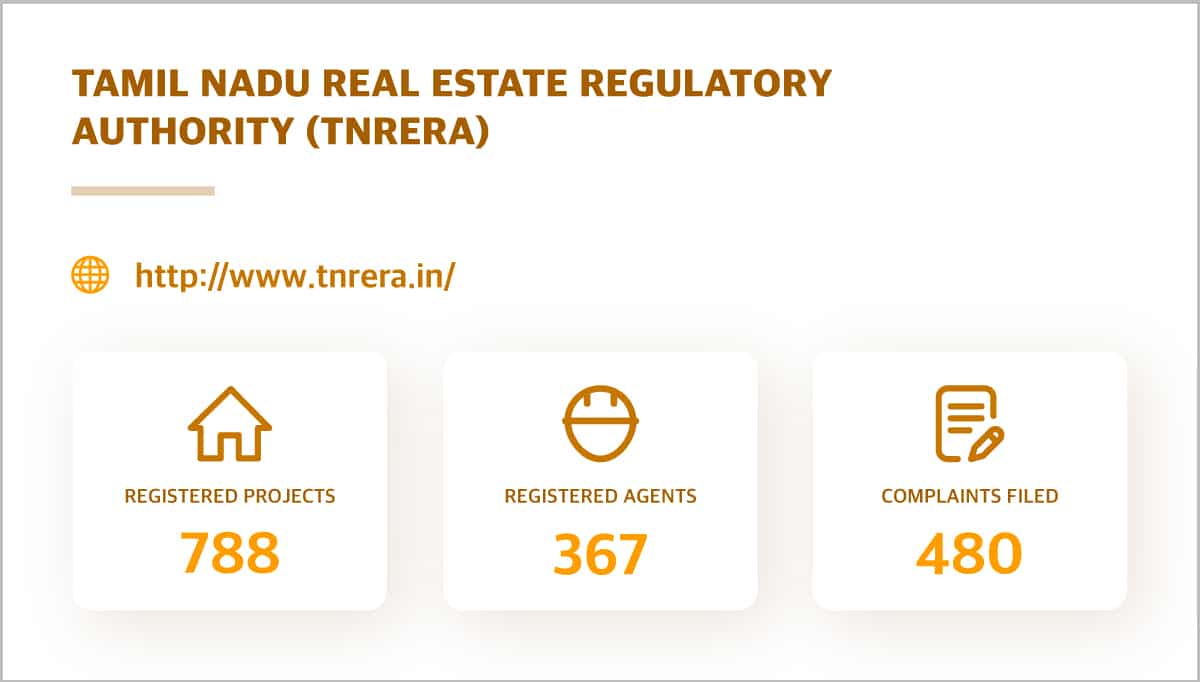The real estate market has proven to be resilient in 2018. Despite several policy changes with the implementation of RERA and GST, the sector has managed to do well this year. And Chennai is no different.
Popularly known as the ‘Detroit of India,’ the city attracts an endless sea of people looking for career and educational opportunities. Besides the IT/ITeS sector, the automobile, manufacturing and other ancillary industries make Chennai an attractive option.
So, how was the year 2018 for Chennai? RoofandFloor research reveals that about 2,000 projects were launched in 2018. About 45% of this new supply was in the affordable segment (less than Rs 40 Lakh), followed by 41% in the mid-segment (Rs 40- 70 Lakh) and 14% supply in the luxury segment (Rs 70 Lakh and above).

According to Knight Frank’s Affordability Index, a measure of how expensive the housing market is, Chennai is expected to witness positive movement in affordable housing in 2019 as well.
“We see an uptick in the affordable housing sector – both from the supply and demand side which leads us to believe that it would be a key driver for the residential sector in the coming year,” informs Shishir Baijal, Chairman and Managing Director, Knight Frank India.
Guduvanchery, Iyyappanthangal, Kolapakkam, Madambakkam, and Perungalathur recorded maximum new supply in the affordable segment in 2018.
Our research also indicates that micro-markets in the South and North Chennai are likely to remain the most sought-after destinations due to the presence of IT/ITeS and robust social and physical infrastructure.
Old Mahabalipuram Road continues to be one of the most preferred destinations for the city’s IT population with its proximity to IT parks and SEZs.
Regarding BHK configurations, 2BHK apartments ruled the roost with maximum supply, followed by 3BHK apartments.
Drop in unsold inventory signals revival of realty market
The unsold inventory in Chennai has come down to 18 months from 32 months in the last quarter of 2017.

Improved connectivity to be a game-changer
To enhance the connectivity quotient of the city, the State Government has announced several projects. These include:
Outer Ring Road II: About 99% of the work on the second phase of the Chennai Outer Ring Road (CORR) project from Nemilicheri to Minjur is completed. The first phase of 29.2 km of the project from Vandalur to Nemilichery is already opened for traffic, while the second phase of 33.10 km from Nemilichery to Minjur ran into some hurdles. However, we expect this to be completed by the first month of 2019.
Chennai Metro Rail Phase II: Phase II of the Chennai Metro will have 116 stations across corridors. It is expected to link all four corners of the city. The corridors include:
- Corridor 3: This 46.1km corridor from Madhavaram to SIPCOT will have 50 stations.
- Corridor 4: This 17.1km corridor from CMBT to Lighthouse will have 20 underground stations.
- Corridor 5: This 45.2km corridor from Madhavaram to Sholinganallur will have 46 stations.
Currently, the feasibility study is underway, following which a detailed project report will be submitted to the central and state governments for approval.
Chennai MRTS: The MRTS between Chennai Beach and Mylapore was opened in 1997, which was extended to Thiruvanmiyur in 2004, and eventually to Velachery in 2007. The last leg of the MRTS is in limbo due to a dispute over land acquisition. The Railways has been unable to construct the last 500 mt stretch from Adambakkam to St Thomas Mount. Once completed, however, the MRTS will link St Thomas Mount to Chennai Beach.
“Development of new infrastructure projects such as the construction of the Outer Ring Road (ORR) and Chennai Metro Rail has led to the emergence of new residential property growth corridors. We believe that these projects can be a game-changer for Chennai’s real estate market in 2019,” says Reeza Sebastian, President – Residential Business, Embassy Group.
TNRERA: Still a long way to go…
When compared to Maharashtra, the Tamil Nadu Real Estate Regulatory Authority (TNRERA) has fared poorly with just 788 projects being registered so far. Even after one year of implementation, the state still lacks a permanent regulator.


 Owing to realistic property values, proximity to IT hubs, and established social infrastructure, micro-markets like Medavakkam, Porur, and Madhavaram are expected to see maximum growth in 2019.
Owing to realistic property values, proximity to IT hubs, and established social infrastructure, micro-markets like Medavakkam, Porur, and Madhavaram are expected to see maximum growth in 2019.
Will property prices increase in 2019?
With increased sales velocity and reduced unsold inventory, experts are anticipating a price appreciation in 2019.
“It’s been over five years that the city has recorded substantial capital appreciation. From floods to political instability – a lot of factors kept the consumers’ sentiments low. However, things are now looking positive, and we expect the prices to grow soon,” says Navin.

